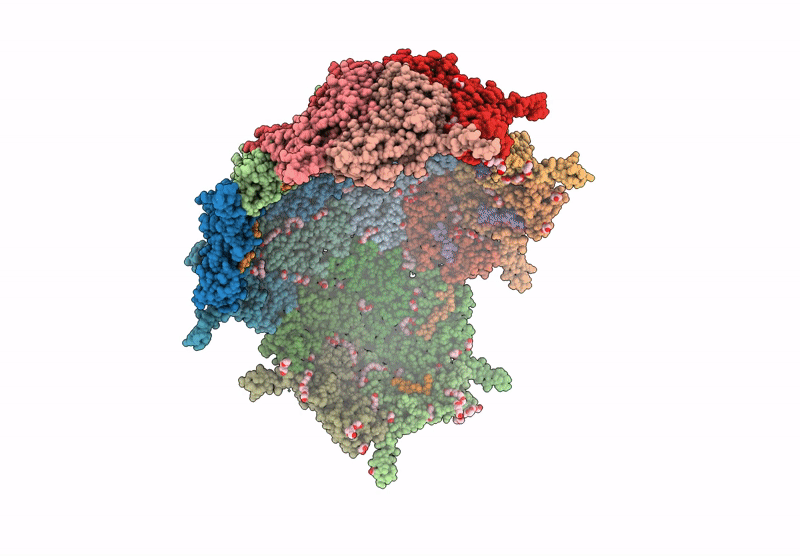
Deposition Date
2024-04-29
Release Date
2024-12-11
Last Version Date
2025-01-22
Entry Detail
PDB ID:
9BKX
Keywords:
Title:
Mycobacterium tuberculosis encapsulin in complex with DyP
Biological Source:
Source Organism:
Mycobacterium tuberculosis (Taxon ID: 83332)
Host Organism:
Method Details:
Experimental Method:
Resolution:
3.15 Å
R-Value Free:
0.23
R-Value Work:
0.20
R-Value Observed:
0.20
Space Group:
P 21 3


